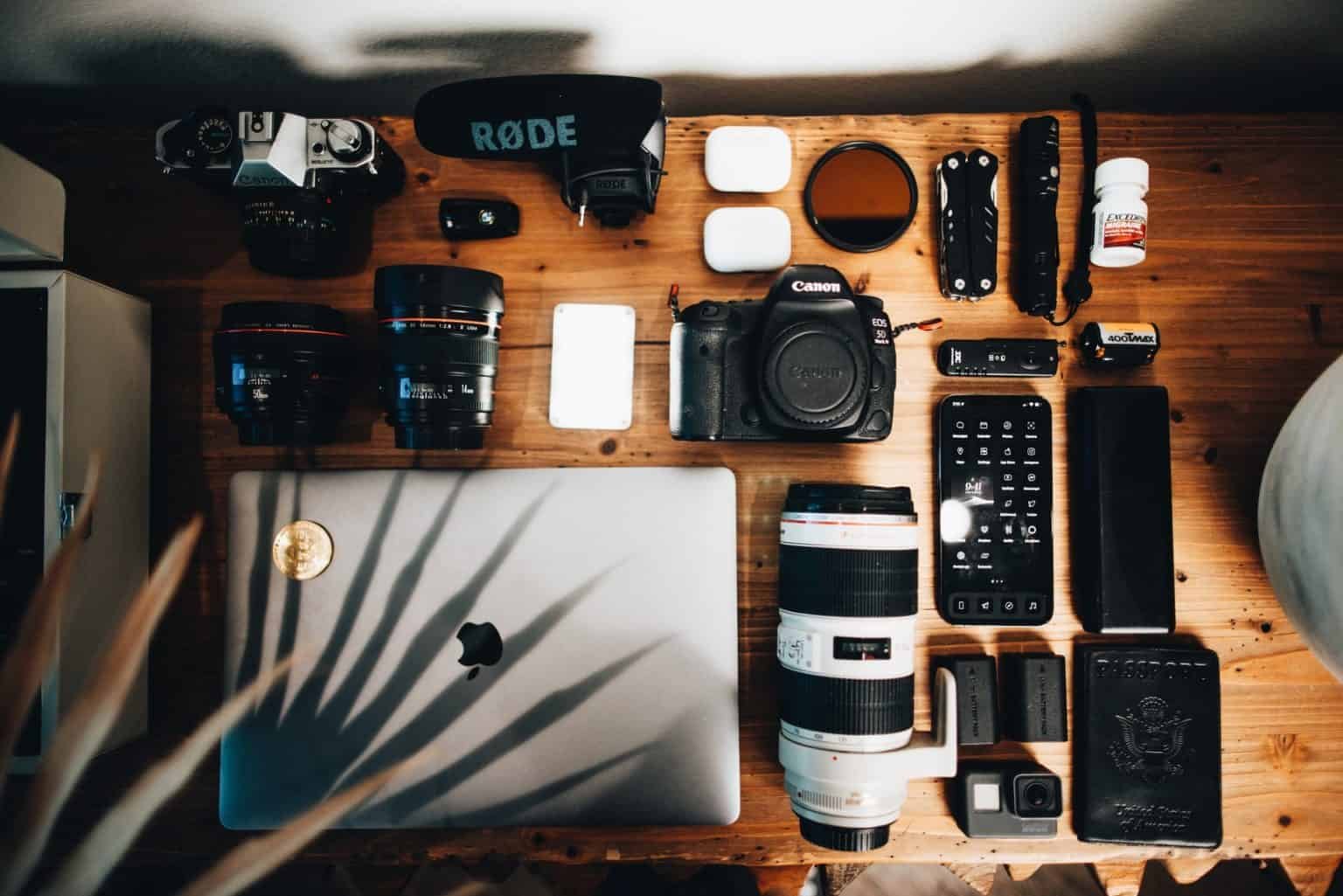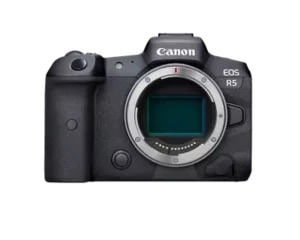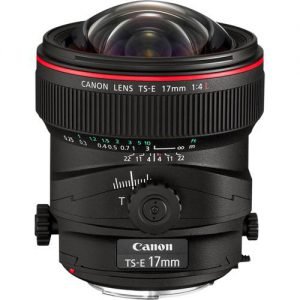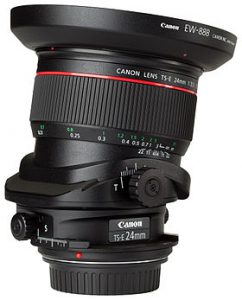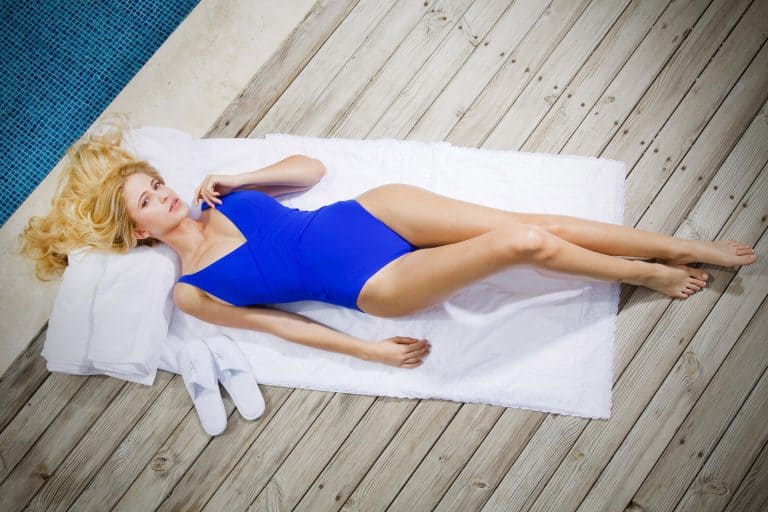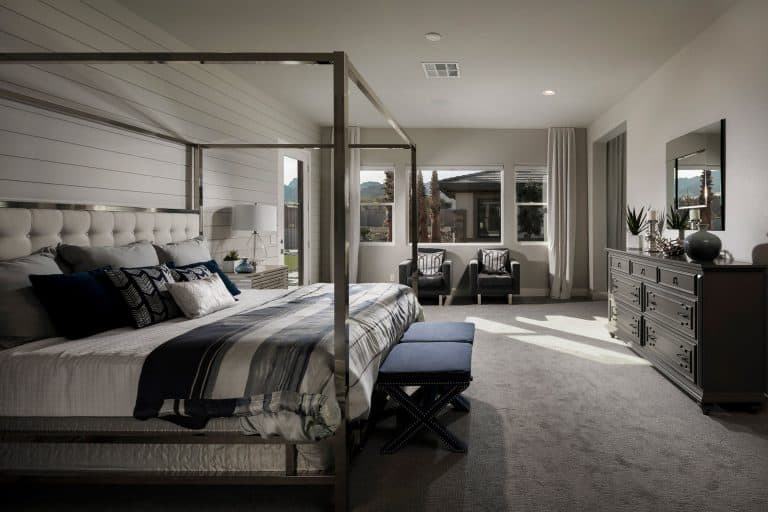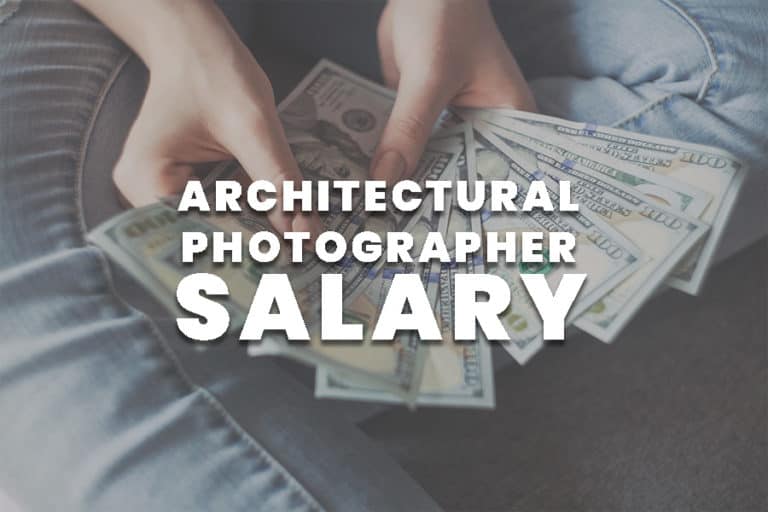Architectural and Interior Photography Cameras and Lenses do I use.
Very often I am been asked about the gear and equipment that I use for my Architectural and Interior Design Photography.
This is the place to state that architectural photography is a technicality-oriented and experience-based niche and the gear is taking a very minor part, At the end of the day I can photograph almost all of my photos in my portfolio with any camera and lens.
So here is the breakdown for my architectural and interior design photography gear list:
Table of Contents
Architectural Photography Cameras
When it comes to upscale commercial photography work that goes for billboard and print I find myself in need of high-resolution cameras.
Allowing the client to have a variety of advertising and printing option is crucial for the commercial level of architectural photography.
I personally use the Canon R5 and R6 Mark II which is considered a studio camera pro level. I used the Canon 5Ds for the past 5 years and it served me well and could have served me a few more years but with other studio needs it was time to move on.
Although 70% of my time I shoot on medium resolution (24mp) I need a camera that can accommodate higher resolution for both large-scale prints, billboards, and sometimes cropping the photos for better fit different layouts.. (a 5ds replacement is due to in 2023/4 so make sure you keep an eye for it)
Canon 5Ds and Other Models
If you aren’t exclusively working as a commercial photographer that relies on large-scale prints, I would highly recommend getting the newer and cheaper models out there.
Side Note: in recent years we see the camera manufacturers push for video feature cameras and prices are flying high without any proportion for us the stills photographers, even in mid-2023 I don’t see any better (value vs quality) to switch.
Also, while I know there are new cameras on the market, this is a cost-for-value question, as long as your camera provides the results there’s no point just upgrading for no reason.
The 5ds dose the job fantastically, it dose-not performs well when it comes to noise levels and you can find yourself very fast with lots of noise in the photos. (so make sure you stay within the 100iso range)
For all you Nikon, Sony, Pentax and Fuji lovers, any camera above 20mp would do the trick, For me, Canon is the availability to shoot with Tilt-Shift lenses that are not available in many other camera brands out there.
Using adapters on cameras to have the availability of using TS lenses may reduce the final quality and also create some technical problems which I don’t have the time to mess around with in commercial shoots.
Dual Cards for Photography Backup
The dual cards in your camera are crucial for backup when working with any client and obviously for high-end clients.
I typically set both cards to store simultaneously my RAW files, keeping the SD card always in the camera and taking out only the CF card for downloading the photos, making sure I always have a backup on camera as well.
I do not delete my 128GB SD card until it’s completely full so I can have about 3-4 photoshoots without deleting the card.
It is also important to replace cards every 2-3 years to minimize the risk of cards failing.
Tilt-Shift (TS) Lenses for Architecture Photography
When it comes to lenses there are two categories in my view. The Architectural lenses and all the rest.
Tilt-Shift Lens gives you the availability to shift the lens left, right, up, and down allowing me to move the camera perspective without moving your camera.
It comes in hand when photographing buildings to minimize distortion and avoid any skewing and cropping in post-production that ultimately will reduce the file resolution and quality.
The Tilt-Shift is very useful when you need to photograph buildings from a lower perspective when you need to avoid mirrors or you don’t have a straight angle.
In 2022 Laowa released a new Laowa 20mm f/4 Zero-D Shift that may be worth you checking out as a budget-friendly option.
Canon is rumored to release a new 17 Tilt Shift for RF in 2023/2024
Lenses for Architecture and Interior Photography
Canon 17 TSE – is great for photographing small spaces and high-rise buildings when you can’t go backward and capture the whole building. It’s always been my second go-to lens.
The only disadvantage of this camera is that its front element (glass) is not flat as other lenses.
The Sphere has a bump and it does not get covered by a sunlight hood, meaning you might have flares more easily that you need to block with a screen or hand if possible, so for an outdoor shoot, you must have this in mind.
Also not having a sun protector/lens hood may have more potential for damage and scratches.
Canon 24 TSE II – is my main lens, it gives a closeup look for interiors and large spaces and pushes you to find creative angles rather than shoot wide “side to side”.
When photographing architecture and interior design our goal is to showcase the architecture and design, not the “real estate shoots” that go from one side to the other, this is important as your target audience is looking for the “Design” and not only the space.
Again, the biggest strength of the Tilt-Shift (TSE) lenses, is that it helps you avoid the distortion you get when using a wide-angle lens and the ability to shift up, down, right, or left without moving the camera to capture images in proportions.
note: TSE lenses are manual focus only in most cases, so have this in mind if you are looking for a multiple-use lens.
Canon 24-70 II – This is a great commercial and lifestyle lens and also use it as a double for architecture and interior if something will go wrong with my TSE lenses, it is also great to use it for all the closeup and detail shots.
As we are looking to create a separation from the overall wide photos of the space, using a telephoto lens to photograph the details will create more product-focused photos.
Personally, I don’t like detailed photos as anyone really looking to hire an architect or designer for a few elements. They hire them for the overall design, But for commercial purposes of adding visuals for a catalog or a campaign they are important to showcase material and finishes.
Canon 16-35 and 17-40 – Are great lenses however I would not recommend using them for architecture and design unless you don’t have any of the above. The only reason is that they are ultra-wide lenses with a lot of distortion. If you need to use any of the ultra-wide lenses I would recommend zooming in to 24mm at minimum and photograph only straightforward with them, angle shoots getting too much out of proportion.
** don’t forget every manufacturer has their equivalent gear, make sure to check for online gear comparison.
Camera Remote and Client Review
To capture the images from my camera and to be able to present them to the client via “producer monitor” and also to control the production I use Cam Ranger and iPad Pro 12″
The Cam Ranger allows me to photograph from my mobile phone, iPad, or Computer for many different scenarios.
Photographing on my mobile is used for light painting or when I need to run between the camera and the lighting.
I can set up for the client a preview via IPAD or Computer, this lets the client feel a part of the production and sit in a secure location and review the shoots.
The Cam Ranger allows for a great 300m distance on direct “eye-level”.
You are probably asking yourself where are all the new fancy Mirrorless cameras, new RF lenses, and other gadgets and perks.
Being a good photographer means you control the major keys of our industry secrets.
Light, composition, and combination both in post-production, there is no need for equipment that does not noticeable to the eye when checking the final results.
If you want to read the second part of this article about all the Gear and Accessories (tripod, light stand, bags, remote control, and more) I use with my cameras and lenses continue reading here.
